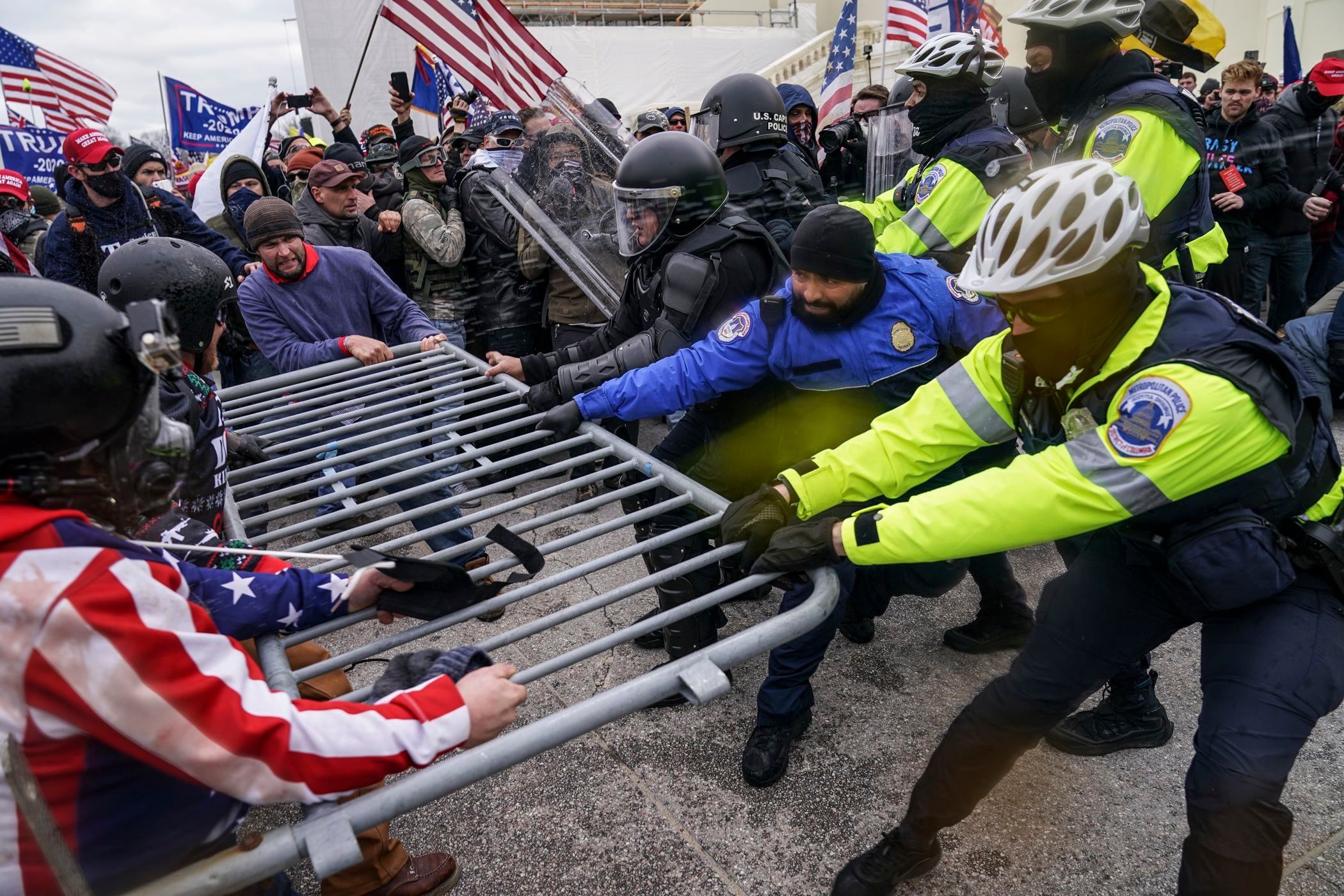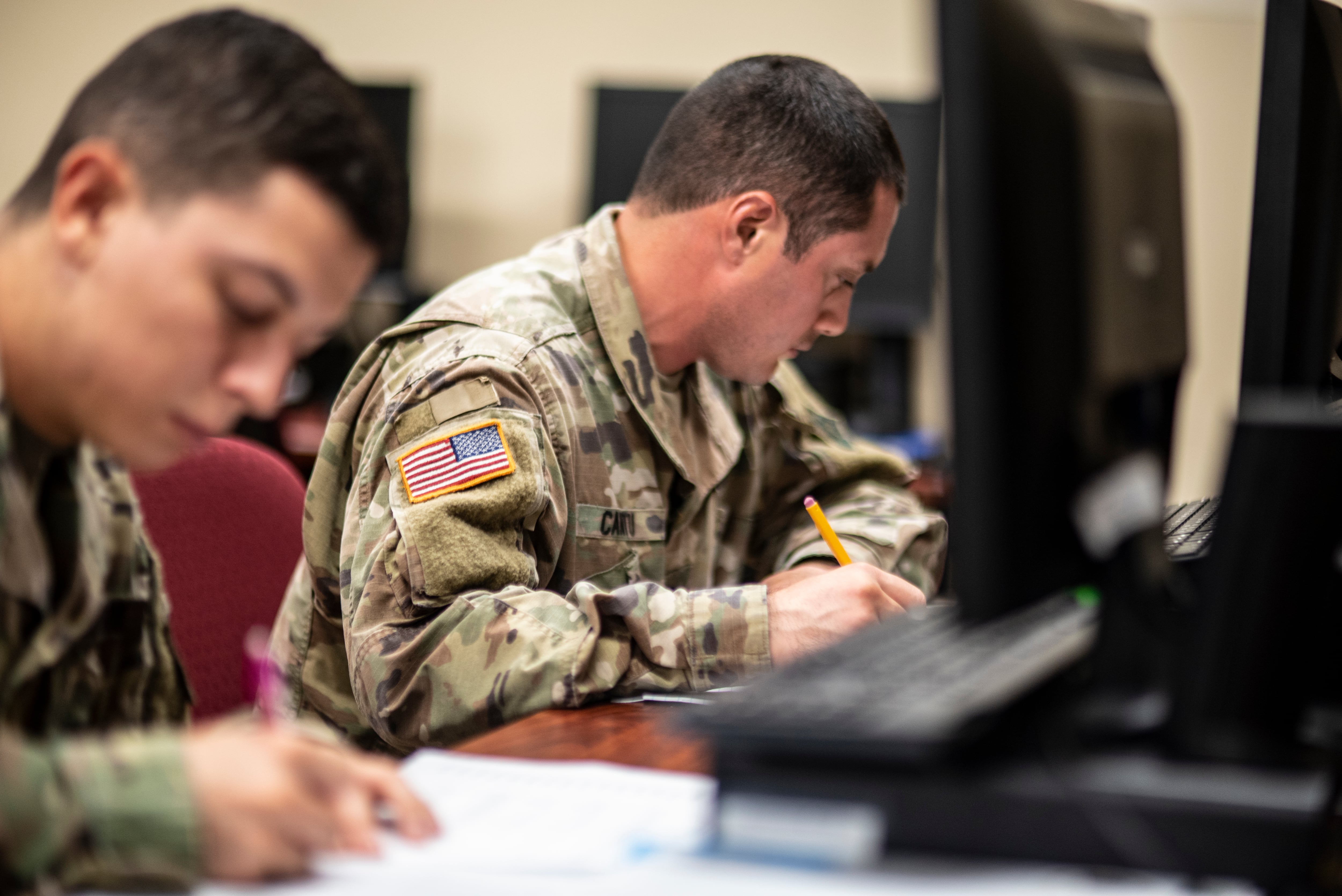MOSUL, Iraq — Iraqi special forces cleared buildings on Saturday in neighborhoods they entered in eastern Mosul a day earlier, after pushing out Islamic State militants in their drive to take back the city, as new images emerged of the barriers the extremist group mounted to obstruct the troops' advance.
Fighting continued in the morning, with both sides firing mortars and automatic weapons on each other's positions, while the Iraqi troops also responded with artillery. Clashes were most intense in the al-Bakr neighborhood. Sniper duels played out from rooftops in the mostly residential areas, where the majority of buildings are two stories high.
"Daesh is in the city center and we must be very careful as our forces advance," said Maj. Gen. Sami al-Aridi of the Iraqi special forces, using the Arabic acronym for the IS group. With more densely packed neighborhoods ahead, his forces will be challenged to avoid both higher military and civilian casualties.
As he spoke, dozens of civilians in the Tahrir and Zahara districts emerged from their homes, some of them carrying white flags, and headed toward the troops to be evacuated from the battlefield.
The special forces launched a two-pronged assault deeper into Mosul's urban center on Friday, unleashing the most intense street battles against IS militants since the offensive to retake the city began nearly three weeks ago. At least seven special forces troops have been killed in the fighting.
More than 3,000 Iraqi troops took part in the assault under heavy U.S.-led coalition air support, but the pace of the fight also slowed as Iraqi forces moved from fighting in more rural areas with few civilians to the tight, narrow streets of Mosul proper. At least seven suicide attackers in explosives-laden vehicles attacked troops on Friday, five of whom were killed before nearing their targets.
The operation to retake Mosul is expected to take weeks, if not months. Moving from neighborhood to neighborhood in house-to-house battles through warrens of booby-trapped buildings is time consuming and Iraq's military has repeatedly opted for slower operations in an effort to minimize casualties.
Some 1 million civilians still remain in the city, complicating the advance. IS militants have driven thousands of residents deeper into the city's built-up areas to be used as human shields, while hundreds of others have fled toward government-controlled territory and thousands have headed west into Syria.
On Saturday, recent satellite images emerged showing that the extremists have set up formidable defenses designed to bog down advancing forces, including rows of concrete barricades, earth berms and rubble blocking key routes leading to the core of the city.
The images taken Monday and made public by Stratfor, a private intelligence firm based in Austin, Texas, also showed that IS fighters have cleared terrain and leveled buildings around Mosul airport and a nearby former military base on the west bank of the Tigris. The defenses "will pose a substantial tactical challenge" to advancing Iraqi troops as they make their way toward central Mosul, the firm said.
Mosul is the last major IS stronghold in Iraq, and expelling the militant group from the city would be a major blow to the survival of its self-styled "caliphate" that stretches into Syria.
Iraqi forces have made uneven progress in closing in on the city since the operation began on Oct. 17. Advances have been slower from the south, with government troops still some 20 miles (35 kilometers) away. Kurdish fighters and Iraqi army units are deployed to the north, while government-sanctioned Shiite militias are sweeping in from the west to try to cut off any IS escape route.
Some advances are being made in the south, however. On Saturday, Iraqi forces assaulted IS positions in the town of Hamam al-Alil, which lies along the Tigris river about 15 kilometers (9 miles) from the southernmost parts of Mosul.
Kurdish television channel Rudaw broadcast live footage of Iraqi troops and armored vehicles amassing outside the city as an attack helicopter fired rockets into the city.
Truckloads full of as many as 1,600 civilians may have been forcibly moved from Hamam al-Alil to Tal Afar earlier this week and could be transferred onward into Syria for likely use as human shields, the office of the U.N. High Commissioner for Human Rights warned Friday. Another 150 families from the town were moved to Mosul itself, the U.N. said.
Also in the south, Iraqi troops approached the outskirts of Hamam al-Alil, but were facing resistance from IS fighters, said Lt. Col. Hussein Ali of the Iraqi Army's 15th division. He predicted that Iraqi forces could take the town in a day or two.
Meanwhile in Baghdad, bombings across the city killed at least ten people, another grisly but not uncommon reminder of IS's long-running campaign to destabilize the government.
Police said some 37 people were also wounded in the blasts, which hit the Sheikh Omar, Abu Ghraib, Rashid and Obaidi areas, across sectarian boundaries.
The deadliest explosion hit a restaurant popular with mechanics near auto repair shops in the Sheikh Omar area, killing three and wounding nine.
A medical official confirmed the casualty figures. Both officials spoke on condition of anonymity as they were not authorized to release information. No group claimed immediate responsibility for the attacks, but IS has taken credit for similar attacks before.
Associated Press writers Adam Schreck in Irbil, Iraq, Balint Szlanko at Qayara air base, and Brian Rohan in Baghdad contributed to this report.





